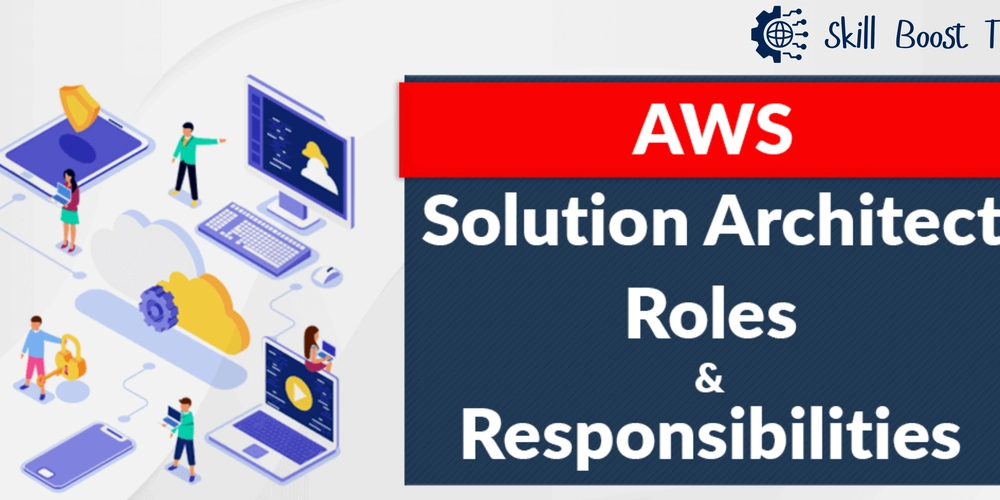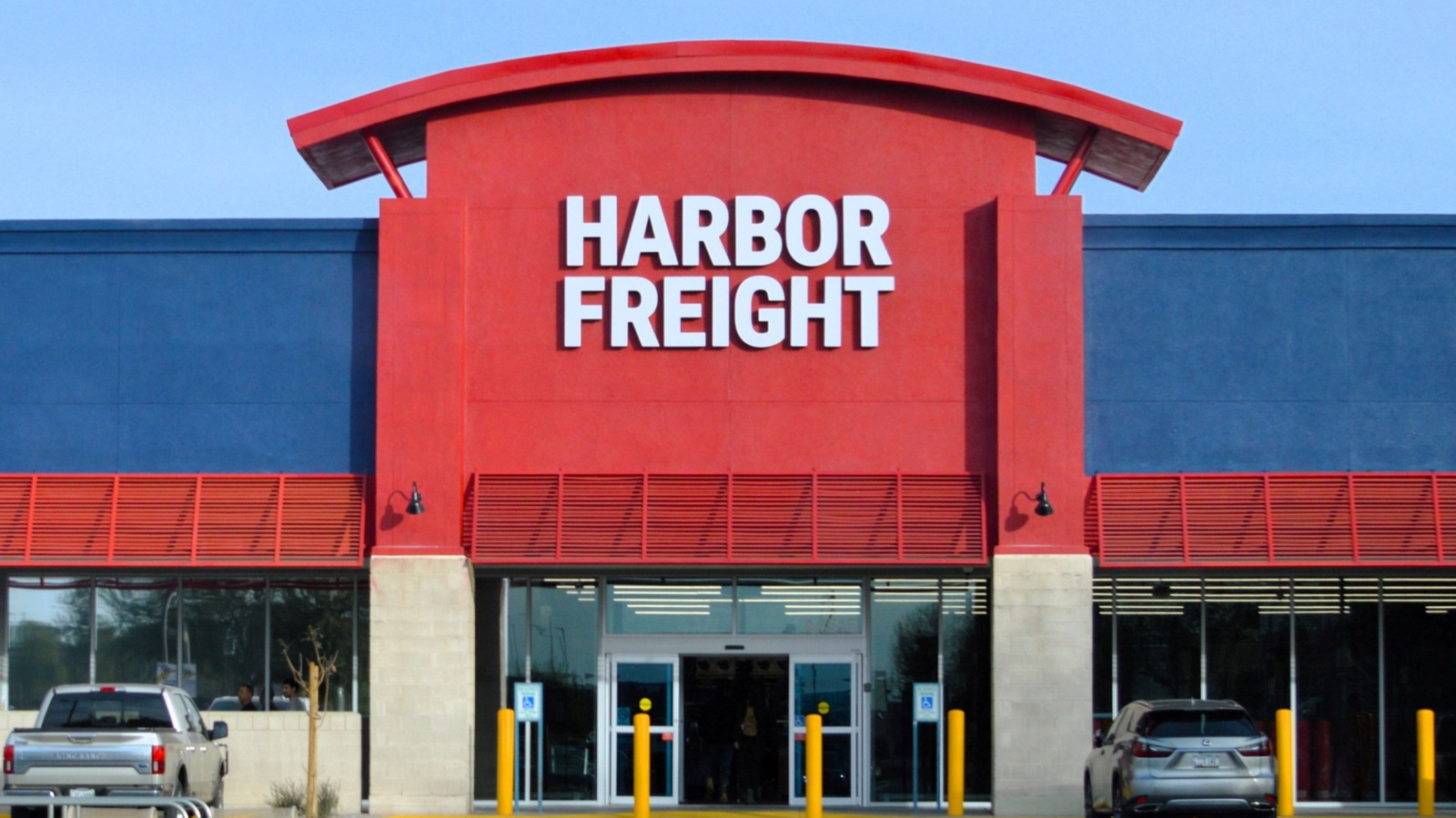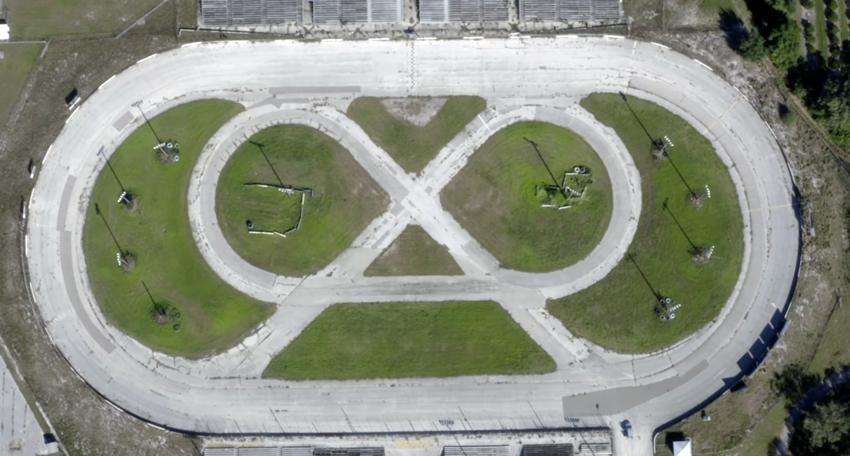AWS Solution Architect Job Description: Roles, Skills & Responsibilities (2025)
Introduction The demand for cloud computing expertise continues to soar, and at the heart of many successful cloud implementations is the AWS Solution Architect. Amazon Web Services (AWS) dominates the cloud market, making professionals who can design, build, and manage solutions on its platform highly sought after. But what exactly does this role entail? Understanding the typical AWS Solution Architect job description is crucial, whether you're an aspiring architect, a recruiter, or a company looking to hire. This guide breaks down the common components of an AWS Solution Architect job description, detailing the key responsibilities, necessary skills, qualifications, and why this role is so vital in today's tech landscape. What is an AWS Solution Architect? An AWS Solution Architect is a professional responsible for designing and implementing cloud-based solutions using Amazon Web Services. They act as a bridge between complex business problems and technical solutions deployed on the AWS cloud. Their primary goal is to create secure, scalable, resilient, high-performing, and cost-effective infrastructures that meet specific business needs. They require a strong blend of technical expertise across various AWS services, architecture best practices, and often, good communication and business acumen. Core Responsibilities Found in an AWS Solution Architect Job Description While specific duties can vary between companies, most AWS Solution Architect job descriptions include the following core responsibilities: Designing and Deploying Cloud Solutions: Translate business requirements into scalable, highly available, and fault-tolerant system designs on AWS. Select appropriate AWS services (like EC2, S3, RDS, Lambda, VPC, Route 53, CloudFront, etc.) to build the solution. Implement AWS cloud architecture based on best practices for security and reliability. Providing Technical Leadership and Guidance: Advise development teams and stakeholders on AWS best practices. Lead architectural discussions and decisions for cloud adoption and strategy. Mentor junior team members on cloud technologies and architecture principles. Cost Optimization and Management: Design cost-effective solutions using appropriate AWS pricing models (Reserved Instances, Spot Instances, Savings Plans). Monitor AWS spending and implement strategies for AWS cost optimization. Utilize AWS Cost Explorer and other tools to manage budgets. Ensuring Security and Compliance: Implement robust AWS security best practices across the infrastructure (e.g., IAM policies, security groups, encryption). Design solutions that meet industry-specific compliance requirements (HIPAA, GDPR, PCI-DSS, etc.). Conduct security reviews and vulnerability assessments. Cloud Migration Strategy and Execution: Develop strategies for migrating existing on-premises applications and infrastructure to the AWS cloud. Oversee the technical execution of cloud migration projects. Utilize AWS migration tools and services (e.g., AWS Migration Hub, Database Migration Service). Infrastructure Automation and Management: Implement Infrastructure as Code (IaC) using tools like AWS CloudFormation or Terraform. Automate deployment, scaling, and management processes within AWS. Integrate with CI/CD pipelines for streamlined application delivery. Documentation and Communication: Create detailed technical documentation, including architecture diagrams and runbooks. Effectively communicate complex technical concepts to both technical and non-technical audiences. Present architectural designs and proposals to stakeholders. Essential Skills and Qualifications To succeed in this role, candidates typically need a mix of technical prowess and soft skills, often highlighted in the AWS Solution Architect job description: Technical Skills: Deep understanding of core AWS services (Compute, Storage, Networking, Databases, Security). Proficiency in designing distributed systems and microservices architectures. Strong grasp of networking concepts (TCP/IP, DNS, VPN, Load Balancing, Firewalls). Experience with Infrastructure as Code (IaC) tools. Knowledge of scripting languages (e.g., Python, Bash). Understanding of DevOps principles and CI/CD pipelines. Familiarity with database technologies (SQL, NoSQL). Solid understanding of cloud security principles. Soft Skills: Excellent communication and presentation skills. Strong problem-solving and analytical abilities. Business acumen – understanding how technology drives business value. Leadership and collaboration skills. Ability to manage multiple projects and priorities. Education & Certifications: Bachelor's degree in Computer Science, Information Technology, or a related field (often preferred, but experience can substitute). Relevant AWS Certifications are highly valued, particularly: AWS Ce

Introduction
The demand for cloud computing expertise continues to soar, and at the heart of many successful cloud implementations is the AWS Solution Architect. Amazon Web Services (AWS) dominates the cloud market, making professionals who can design, build, and manage solutions on its platform highly sought after. But what exactly does this role entail? Understanding the typical AWS Solution Architect job description is crucial, whether you're an aspiring architect, a recruiter, or a company looking to hire.
This guide breaks down the common components of an AWS Solution Architect job description, detailing the key responsibilities, necessary skills, qualifications, and why this role is so vital in today's tech landscape.
What is an AWS Solution Architect?
An AWS Solution Architect is a professional responsible for designing and implementing cloud-based solutions using Amazon Web Services. They act as a bridge between complex business problems and technical solutions deployed on the AWS cloud. Their primary goal is to create secure, scalable, resilient, high-performing, and cost-effective infrastructures that meet specific business needs. They require a strong blend of technical expertise across various AWS services, architecture best practices, and often, good communication and business acumen.
Core Responsibilities Found in an AWS Solution Architect Job Description
While specific duties can vary between companies, most AWS Solution Architect job descriptions include the following core responsibilities:
Designing and Deploying Cloud Solutions:
- Translate business requirements into scalable, highly available, and fault-tolerant system designs on AWS.
- Select appropriate AWS services (like EC2, S3, RDS, Lambda, VPC, Route 53, CloudFront, etc.) to build the solution.
- Implement AWS cloud architecture based on best practices for security and reliability.
Providing Technical Leadership and Guidance:
- Advise development teams and stakeholders on AWS best practices.
- Lead architectural discussions and decisions for cloud adoption and strategy.
- Mentor junior team members on cloud technologies and architecture principles.
Cost Optimization and Management:
- Design cost-effective solutions using appropriate AWS pricing models (Reserved Instances, Spot Instances, Savings Plans).
- Monitor AWS spending and implement strategies for AWS cost optimization.
- Utilize AWS Cost Explorer and other tools to manage budgets.
Ensuring Security and Compliance:
- Implement robust AWS security best practices across the infrastructure (e.g., IAM policies, security groups, encryption).
- Design solutions that meet industry-specific compliance requirements (HIPAA, GDPR, PCI-DSS, etc.).
- Conduct security reviews and vulnerability assessments.
Cloud Migration Strategy and Execution:
- Develop strategies for migrating existing on-premises applications and infrastructure to the AWS cloud.
- Oversee the technical execution of cloud migration projects.
- Utilize AWS migration tools and services (e.g., AWS Migration Hub, Database Migration Service).
Infrastructure Automation and Management:
- Implement Infrastructure as Code (IaC) using tools like AWS CloudFormation or Terraform.
- Automate deployment, scaling, and management processes within AWS.
- Integrate with CI/CD pipelines for streamlined application delivery.
Documentation and Communication:
- Create detailed technical documentation, including architecture diagrams and runbooks.
- Effectively communicate complex technical concepts to both technical and non-technical audiences.
- Present architectural designs and proposals to stakeholders.
Essential Skills and Qualifications
To succeed in this role, candidates typically need a mix of technical prowess and soft skills, often highlighted in the AWS Solution Architect job description:
Technical Skills:
- Deep understanding of core AWS services (Compute, Storage, Networking, Databases, Security).
- Proficiency in designing distributed systems and microservices architectures.
- Strong grasp of networking concepts (TCP/IP, DNS, VPN, Load Balancing, Firewalls).
- Experience with Infrastructure as Code (IaC) tools.
- Knowledge of scripting languages (e.g., Python, Bash).
- Understanding of DevOps principles and CI/CD pipelines.
- Familiarity with database technologies (SQL, NoSQL).
- Solid understanding of cloud security principles.
Soft Skills:
- Excellent communication and presentation skills.
- Strong problem-solving and analytical abilities.
- Business acumen – understanding how technology drives business value.
- Leadership and collaboration skills.
- Ability to manage multiple projects and priorities.
- Education & Certifications:
- Bachelor's degree in Computer Science, Information Technology, or a related field (often preferred, but experience can substitute).
- Relevant AWS Certifications are highly valued, particularly:
- AWS Certified Solutions Architect – Associate (Foundational)
- AWS Certified Solutions Architect – Professional (Advanced – often required for senior roles)
- Other relevant certifications (e.g., Security Specialty, DevOps Engineer Professional) can be beneficial.
Why is the AWS Solution Architect Role Crucial?
Companies rely heavily on AWS Solution Architects to:
- Drive Innovation: Leverage the vast capabilities of AWS to build cutting-edge applications.
- Improve Efficiency: Design optimized architectures that perform better and cost less.
- Enhance Security: Protect sensitive data and infrastructure from threats.
- Ensure Scalability: Build systems that can grow seamlessly with business demand.
- Accelerate Cloud Adoption: Guide organizations effectively through their cloud journey.
- Without skilled architects, cloud initiatives can falter, leading to cost overruns, security vulnerabilities, and poorly performing applications.
Conclusion
The AWS Solution Architect job description outlines a demanding but rewarding role at the intersection of business needs and cloud technology. These professionals are essential for organizations looking to harness the power of AWS effectively. They need a broad technical skillset, a strategic mindset, and strong communication abilities.
Whether you are looking to hire top cloud talent or aspire to become an AWS Solution Architect yourself, understanding these core responsibilities and required skills is the first step towards success in the dynamic world of cloud computing jobs.






















































.jpg)





















































































































![[The AI Show Episode 144]: ChatGPT’s New Memory, Shopify CEO’s Leaked “AI First” Memo, Google Cloud Next Releases, o3 and o4-mini Coming Soon & Llama 4’s Rocky Launch](https://www.marketingaiinstitute.com/hubfs/ep%20144%20cover.png)
























































































































































![BPMN-procesmodellering [closed]](https://i.sstatic.net/l7l8q49F.png)

























































































-All-will-be-revealed-00-35-05.png?width=1920&height=1920&fit=bounds&quality=70&format=jpg&auto=webp#)
-All-will-be-revealed-00-17-36.png?width=1920&height=1920&fit=bounds&quality=70&format=jpg&auto=webp#)
-Jack-Black---Steve's-Lava-Chicken-(Official-Music-Video)-A-Minecraft-Movie-Soundtrack-WaterTower-00-00-32_lMoQ1fI.png?width=1920&height=1920&fit=bounds&quality=70&format=jpg&auto=webp#)

























_Weyo_alamy.png?width=1280&auto=webp&quality=80&disable=upscale#)






























































































![What iPhone 17 model are you most excited to see? [Poll]](https://9to5mac.com/wp-content/uploads/sites/6/2025/04/iphone-17-pro-sky-blue.jpg?quality=82&strip=all&w=290&h=145&crop=1)

















![Hands-On With 'iPhone 17 Air' Dummy Reveals 'Scary Thin' Design [Video]](https://www.iclarified.com/images/news/97100/97100/97100-640.jpg)
![Mike Rockwell is Overhauling Siri's Leadership Team [Report]](https://www.iclarified.com/images/news/97096/97096/97096-640.jpg)
![Instagram Releases 'Edits' Video Creation App [Download]](https://www.iclarified.com/images/news/97097/97097/97097-640.jpg)
![Inside Netflix's Rebuild of the Amsterdam Apple Store for 'iHostage' [Video]](https://www.iclarified.com/images/news/97095/97095/97095-640.jpg)





























































































































